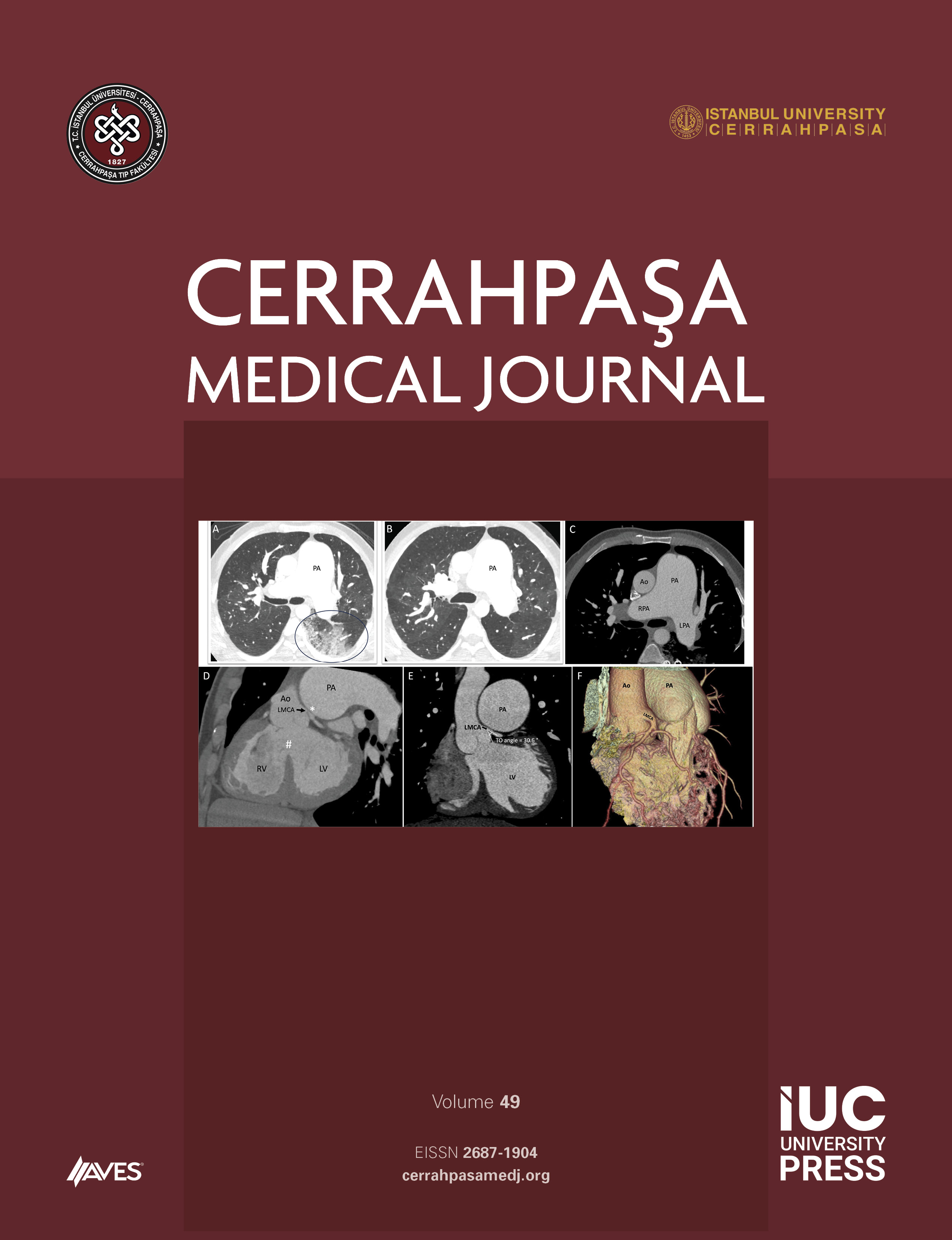Background and Design. We sought the ability of the predischarge electrocardiographic ST segment and T wave changes to predict the patency of infarct related coronary artery in patients with acute myocardial infarction treated with thrombolytic treatment. We included 100 patients who were treated with thrombolytic therapy during the first acute myocardial infarction and who had undergone coronary angiography and left ventriculography before hospital discharge (6 th to 12 th day). On the predischarge electrocardiography, the ST segment status (either isoelectric or elevated) and T wave status (positive or negative) were determined. Perfusion status of the infarct related artery was determined angiographically within the 6 th to 12 th days.
Results. ST segment isoelectricity was related to the coronary artery patency with a sensitivity of 84%, specificity of 38%, positive predictive value of 77% and negative predictive value of 50%. On the other hand, sensitivity, specificity, positive and negative predictive values of T wave negativity with regard to the coronary artery patency was 86%, 30%, 73% and 64% respectively.
Conclusion. Patients with isoelectric ST segment and negative T wave on the standard electrocardiography on the 6 th12 th days have a higher incidence of patent infarct related coronary artery compared to patients with ST segment elevation and positive T wave who have a higher incidence of nonpatent infarct related coronary artery. These findings may be useful in the assessment of risk in the patients with a first acute myocardial infarction treated with thrombolytic therapy before discharge from the hospital.



